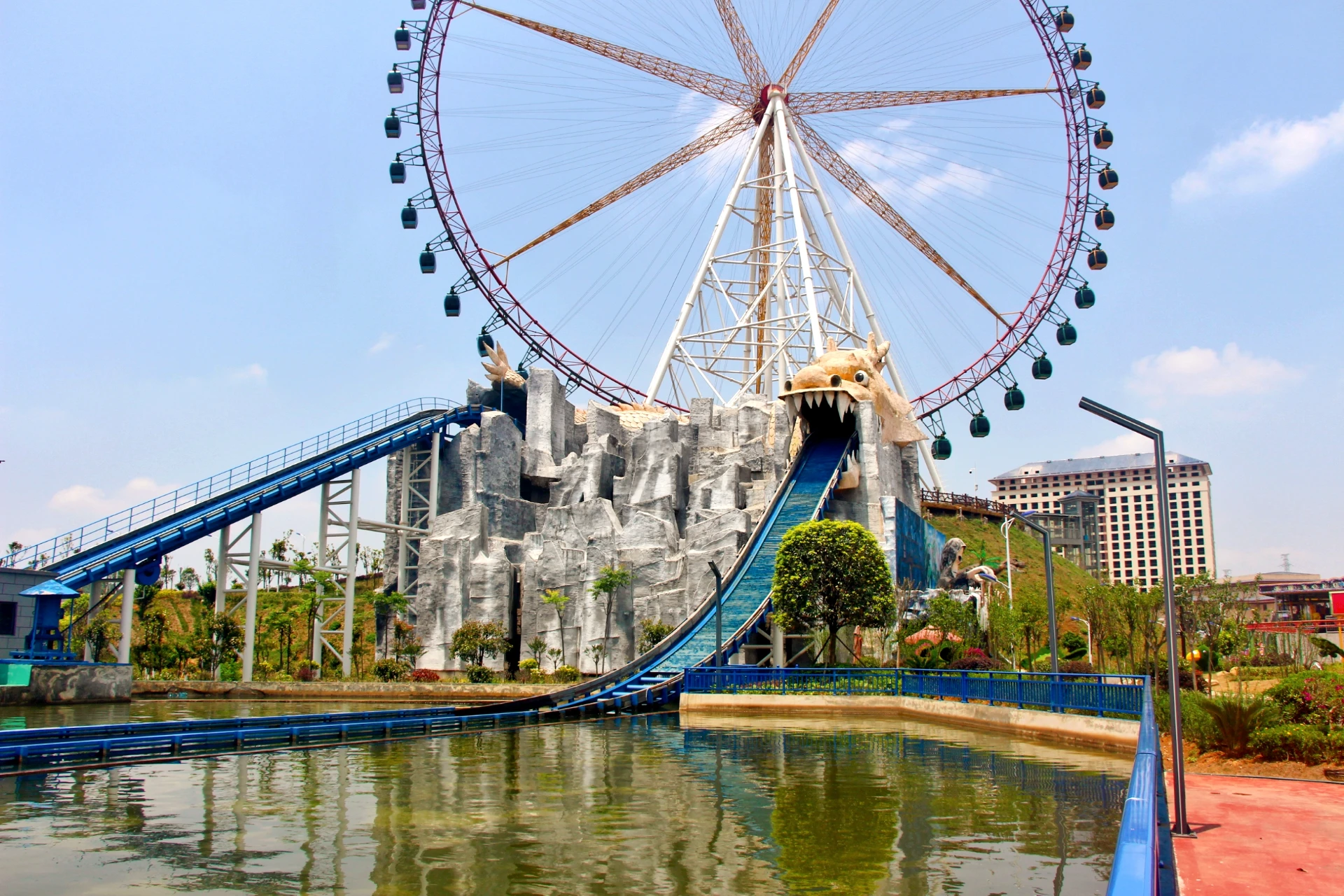- Albanian
- Arabic
- Belarusian
- Bengali
- Czech
- English
- French
- German
- Hebrew
- Hungarian
- Indonesian
- irish
- Italian
- Japanese
- kazakh
- Persian
- Russian
- Thai
- Uzbek
- Vietnamese
Top Companies Specializing in Innovative Roller Coaster Design and Engineering Solutions
The Art and Science Behind Roller Coaster Design Firms
Roller coasters are not just amusement park rides; they are intricate machines that blend engineering prowess with creative design. The thrill of soaring through the air, experiencing gravitational forces, and navigating unexpected turns is the result of meticulous planning, innovative technology, and artistic vision. Roller coaster design firms are the unsung heroes behind this exhilarating experience, pushing the boundaries of imagination and engineering.
History of Roller Coaster Design
The roots of roller coaster design can be traced back to the early 18th century with the invention of gravity-driven wooden structures in Russia. However, it wasn't until the amusement parks of the 19th century that the modern roller coaster began to take shape. As technology advanced through the 20th century, so too did the sophistication of roller coasters, evolving from basic wooden tracks to complex steel structures equipped with advanced safety features. Today, design firms blend traditional techniques with modern digital tools to create thrilling experiences.
The Role of Design Firms
Roller coaster design firms play a critical role in the creation of these rides. They are tasked with a multifaceted challenge that includes understanding the physics behind motion, ensuring rider safety, and crafting an enjoyable experience. The design process typically starts with brainstorming and conceptual sketches. Designers collaborate with engineers to outline the coaster's layout, determining its height, speed, and unique features.
One of the key aspects of roller coaster design is G-forces, which are the forces of gravity acting on the riders. Designers must carefully calculate these forces to create thrilling yet safe experiences. If a coaster is too intense, it may become uncomfortable or unsafe for riders. On the contrary, if it is too tame, it might not provide the adrenaline rush that coaster enthusiasts crave. The right balance is crucial, and this requires not only technical knowledge but also a deep understanding of human psychology and behavior.
Innovations in Roller Coaster Design
roller coaster design firms

Modern technology has revolutionized roller coaster design. Advanced software allows designers to create 3D models and simulations that predict how a coaster will perform before any physical construction occurs. This technology also enables extensive testing of various elements, such as loops, drops, and launches, ensuring that every ride meets rigorous safety standards.
Moreover, roller coaster design firms are increasingly incorporating thematic elements into their projects. Themed coasters create immersive experiences where riders feel as though they are part of a narrative. For instance, a coaster designed around the concept of a high-speed train heist might include visual effects, soundscapes, and architectural details that enhance the story. This holistic approach makes the ride more than just a thrill; it transforms it into an engaging experience that resonates with visitors.
Collaboration with Amusement Parks
Design firms often collaborate closely with amusement parks to bring their visions to life. The partnership is crucial; amusement parks provide the initial concept, desired themes, and budget, while design firms contribute their technical expertise and creative insights. Communication and flexibility are essential throughout the development process to ensure that the final product aligns with the park's brand and vision.
Once a design is approved, the construction phase begins. This aspect requires meticulous attention to detail, as even minor errors can lead to significant safety issues. Construction teams work hand-in-hand with designers to ensure that every curve and incline is built to specifications. Once completed, the coaster undergoes rigorous testing before being opened to the public.
The Future of Roller Coaster Design
Looking ahead, the future of roller coaster design is bound to be exciting. As technology continues to evolve, we can expect even more innovations, such as virtual reality experiences integrated into rides and eco-friendly designs that utilize sustainable materials. Additionally, advancements in ride mechanics may lead to new types of experiences previously thought impossible.
In conclusion, roller coaster design firms play a vital role in crafting one of the most thrilling forms of entertainment. Through a blend of engineering, creativity, and innovation, these firms not only design coasters that provide adrenaline-pumping experiences but also shape the very landscape of amusement parks worldwide. As they continue to push the boundaries of what is possible, the excitement for future roller coasters is bound to reach new heights.
-
Flume Ride-Hebei Zhipao Amusement Equipment Manufacturing Co., Ltd.|Thrilling Water Attraction&Customizable DesignJul.30,2025
-
Flume Ride - Hebei Zhipao Amusement Equipment | Water Coaster, Thrilling DescentJul.30,2025
-
Flume Ride - Hebei Zhipao | Thrilling Water AttractionJul.30,2025
-
Flume Ride: Thrilling Water Attraction by Hebei Zhipao|Log Flume Manufacturers&Flume Ride DesignJul.30,2025
-
Flume Ride-Hebei Zhipao Amusement Equipment Manufacturing Co., Ltd.|Thrilling Water Coaster, Safe DesignJul.30,2025
-
Flume Ride-Hebei Zhipao Amusement Equipment Manufacturing Co., Ltd.|Thrilling Water Attraction, Safe DesignJul.30,2025
